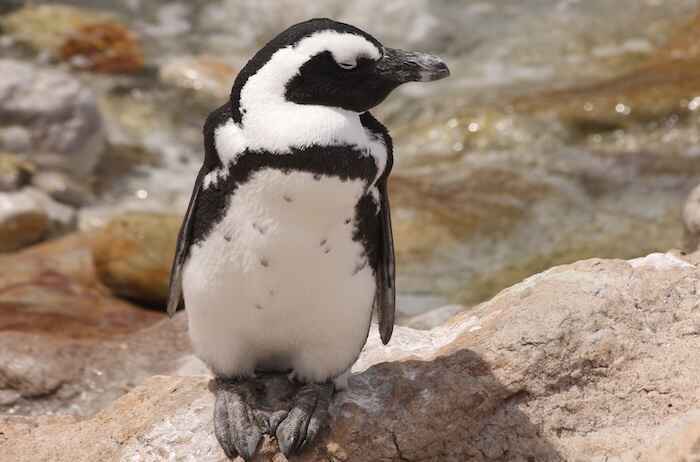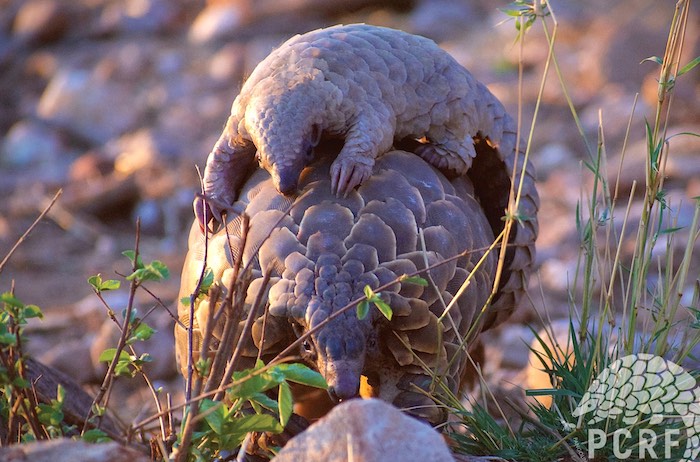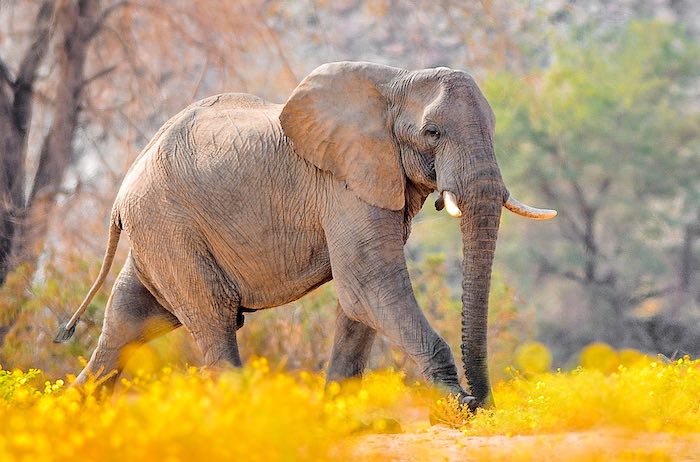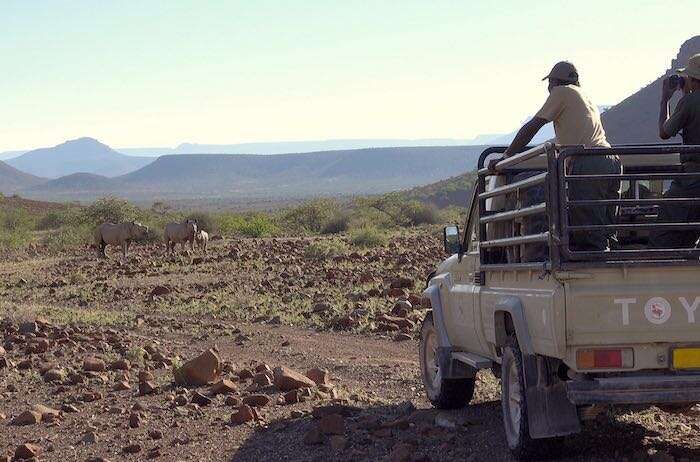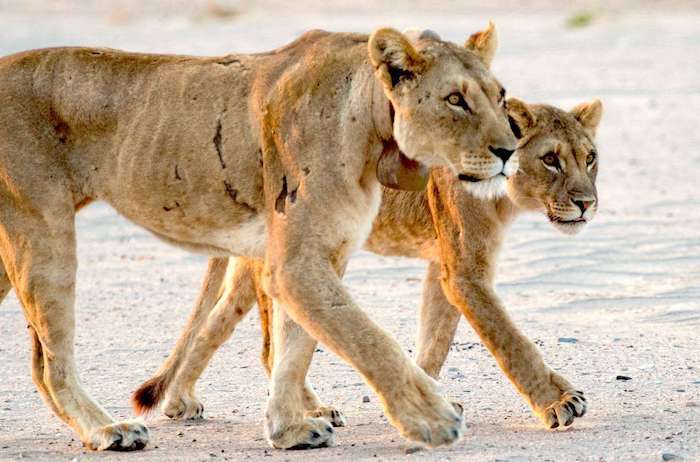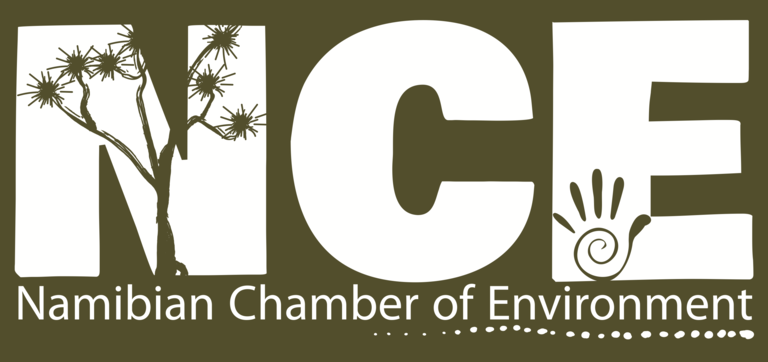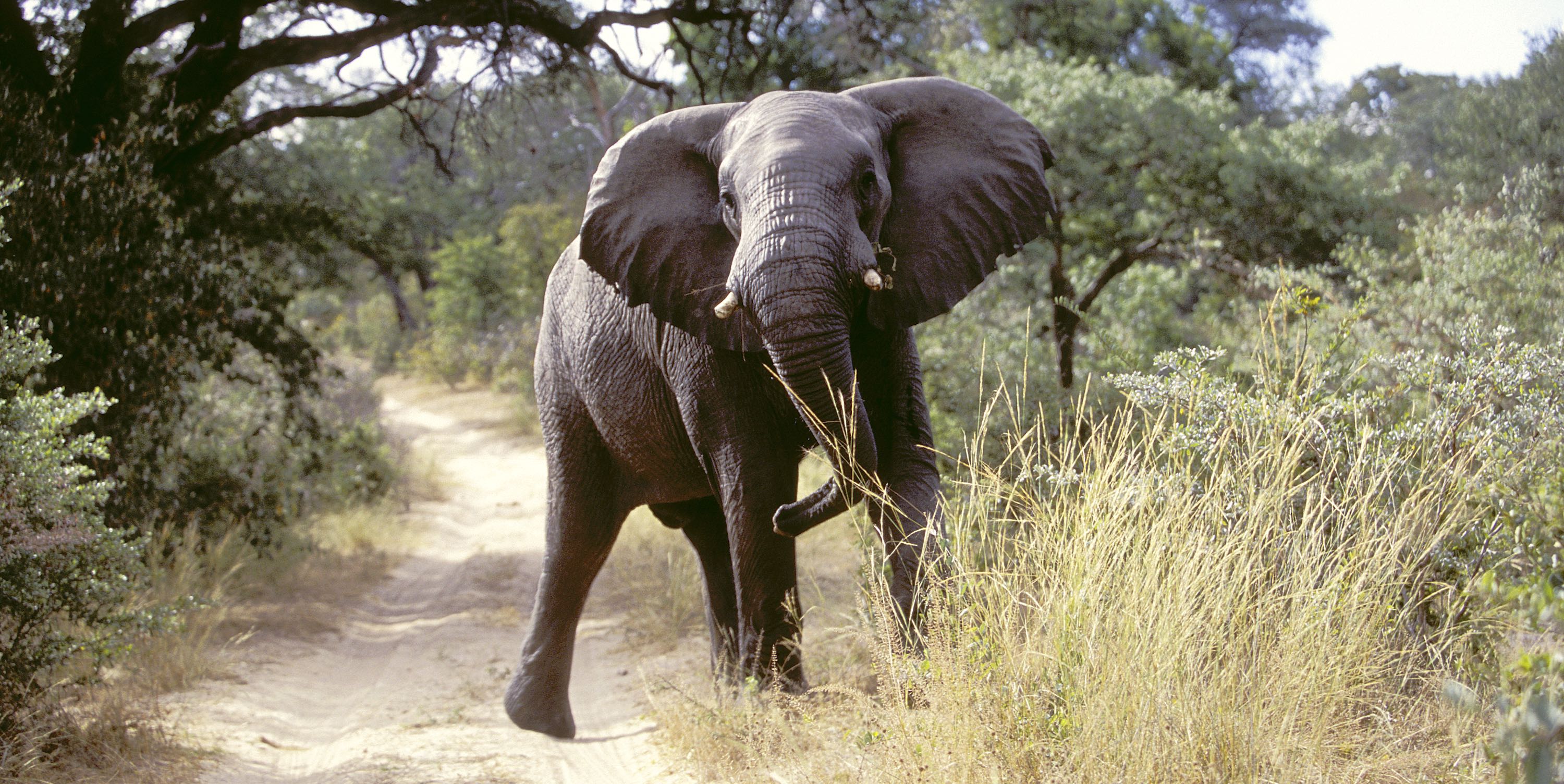
Wildlife Corridors
Paths of Connection and Hope
9th September 2021
From the air, Namibia is a maze of paths – some start as wide animal highways
and merge into a single track before trailing off into dust, while others are long and deep, etching a path that crosses rivers, borders and memory. The generational knowledge of where they lead and why they exist is known by a myriad of species from elephants to ants, and also the people who live alongside these wildlife corridors.
Animals use corridors for a variety of reasons: elephants traverse shorter paths between grazing lands and water, while using longer paths between their wet and dry season home ranges. Large carnivores also prefer to use well-worn paths while patrolling their territories. Knowing where wildlife corridors are in the landscape and what animal species use them is thus critical for planning human use for the land. Crops planted or livestock corralled too close to these paths are in danger of being destroyed, so it makes sense to identify key corridors and plan accordingly.
Taking wildlife corridors into account is especially important in Namibia's Zambezi Region, which lies at the heart of the five-country Kavango-Zambezi Transfrontier Conservation Area (KAZA). It is home to people and wildlife that all use the same landscape. The Namibian Ministry of Environment, Forestry and Tourism (MEFT) therefore recognises the importance of maintaining wildlife corridors as a means of reducing human-wildlife conflict and keeping wildlife populations healthy.
Communal conservancies in the Zambezi Region are ideally suited for identifying and maintaining wildlife corridors. Conservancies are local institutions that utilise the wildlife within their respective boundaries to create jobs, improve food security and support rural enterprises; they are also tasked with monitoring wildlife populations and addressing human-wildlife conflict in partnership with MEFT. Conservancies therefore feature strongly in a report on the strategic wildlife corridors in the Zambezi Region that was submitted to MEFT in March 2020.
Although maintaining wildlife corridors is highly valuable for the whole KAZA landscape and the larger wildlife economy, it comes at a cost for farmers who live in these areas and might want to use the land for farming purposes. Conservancies and other stakeholders must therefore identify key wildlife corridors in the Zambezi Region and come up with recommendations for incentivising the farmers who live along these corridors to leave them intact. One way of achieving that is through a Payment for Ecosystem Services (PES) scheme that links the status of wildlife corridors directly to the income of conservancies, which in turn is used for the benefit of communities living in these areas. From the communities' point of view, this system means that a well-protected wildlife corridor equals improved living conditions.
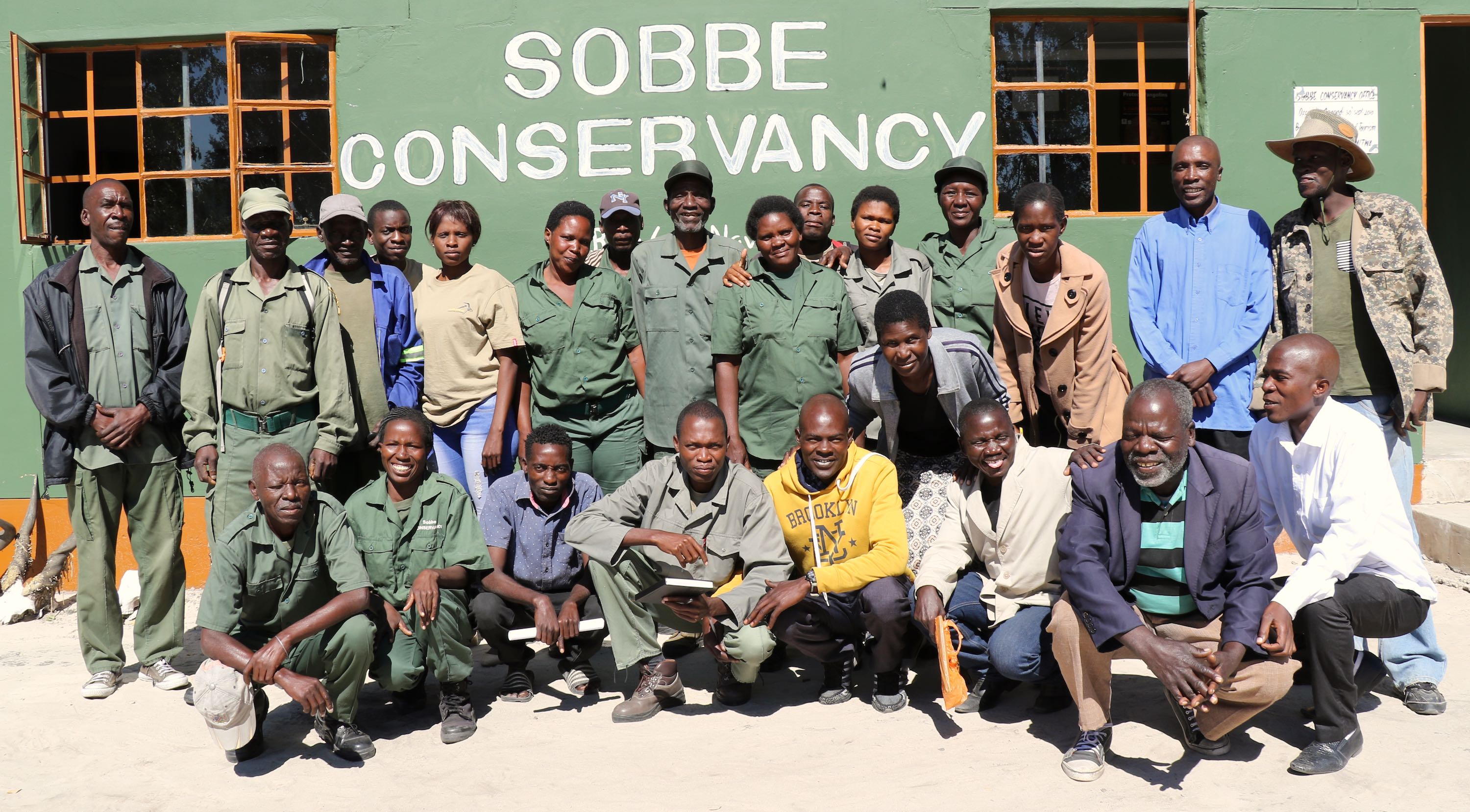
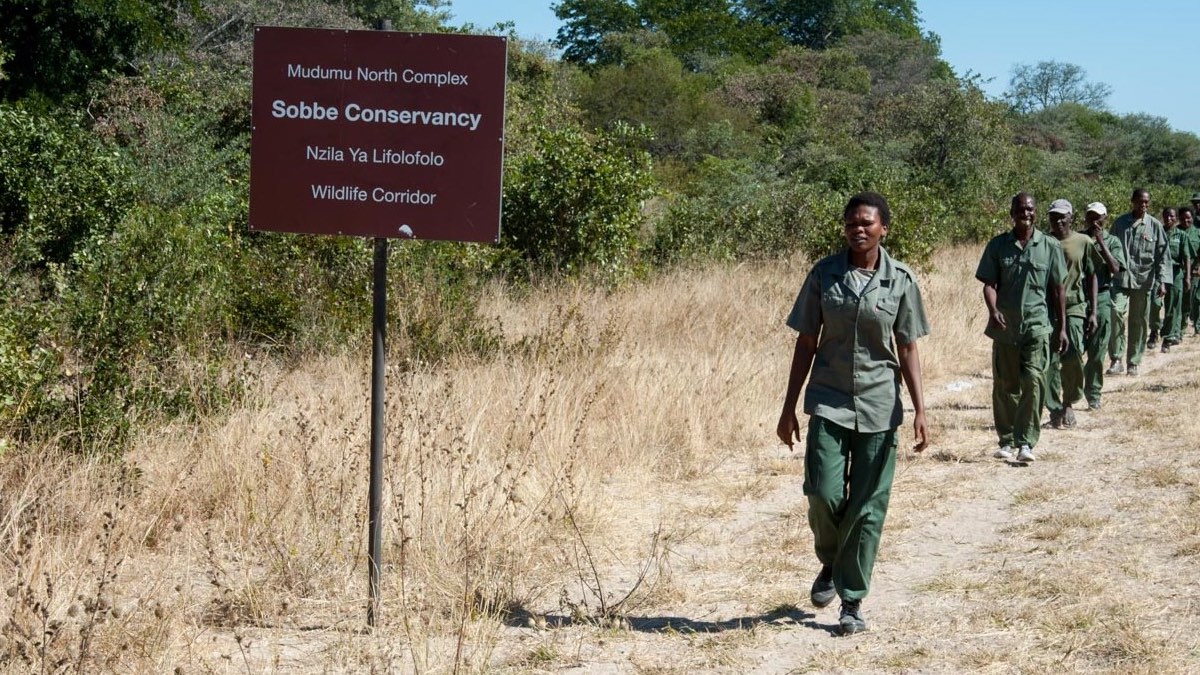
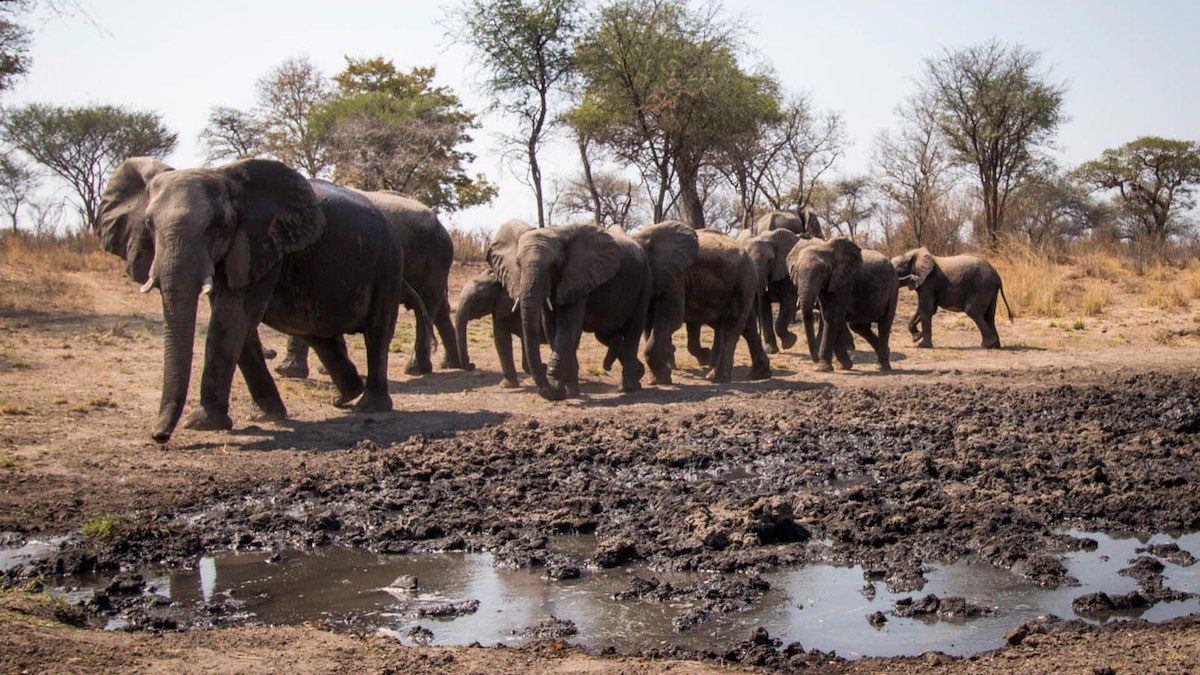
Namibia's homegrown PES is called Wildlife Credits – an innovative conservation initiative that rewards conservancies for proactive, verifiable conservation results. Wildlife Credits payments go directly to the stewards on the ground for conservation results already achieved: e.g. corridors protected or rare animal species sighted. Traditional funding is used to cover expenses such as boots on the ground, vehicles and training, all of which are important components of conservation, but they do not always achieve conservation results. Paying for results through Wildlife Credits thus complements traditional funding and recognises conservancies for their contribution to conservation.
Using Wildlife Credits to help protect wildlife and its habitat isn't hypothetical: there is ample proof that it works, from the proactive protection of lions in the Wuparo Conservancy to rhino sightings in the Huab. In 2018, Wildlife Credits was applied to the protection of a wildlife corridor for the first time, focusing on a key elephant corridor in the Zambezi Region. Distell Namibia and Amarula, the liquor that is synonymous with the African elephant, formed a partnership with Wildlife Credits and the Sobbe Conservancy. Distell invested N$ 130,000 into the national Wildlife Credits fund to pay the Sobbe Conservancy for successfully protecting the critical corridor that runs through its land.
This payment was based on independently verified data showing the continued protection of the corridor and evidence that wild animals continue to move through this area. The former was confirmed through satellite images captured over a ten-month period, while the latter was shown by photos from camera traps placed along the corridor. Together, this evidence reveals that the communities living in the Sobbe Conservancy avoid planting their crops or building any structures along the corridor, which allows wildlife to move freely.
The conservancy put the payments received through Wildlife Credits (which added to the funds from Distell) to good use by connecting villages in this remote part of Namibia to the electricity grid during 2019. Six villages received transformers and electric poles, five of which now have electricity (the infrastructure for the sixth is being installed at the time of writing). This project benefits 1,012 members of the conservancy and contributes to Goal 7 of the United Nations Sustainable Development Goals (SDGs): affordable and modern energy for all.
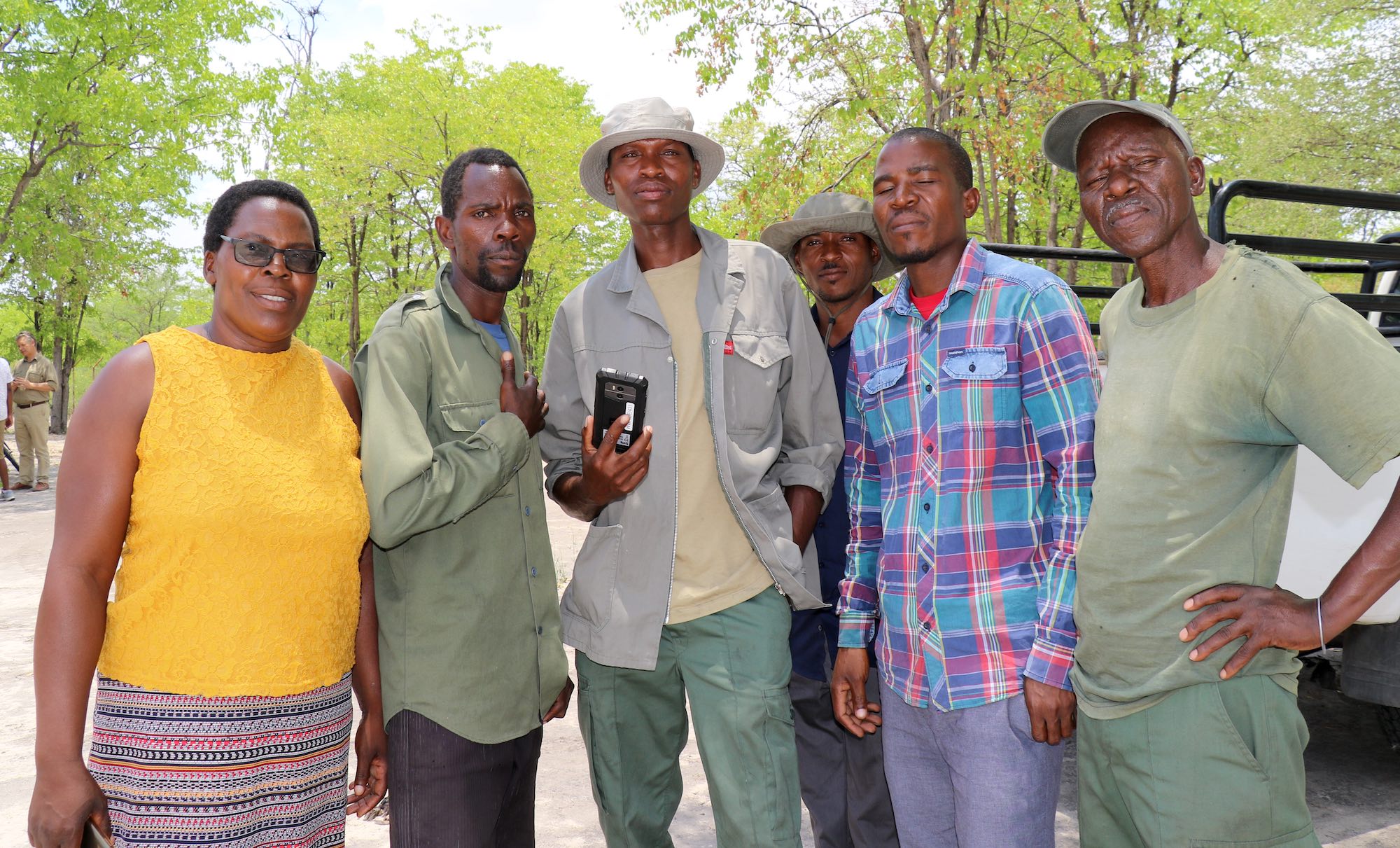

Monitoring the wildlife corridor is an ongoing effort. In 2020, the conservancy introduced the SMART mobile application to capture data that complements the camera traps deployed in the corridor. Additionally, the Sobbe Conservancy increased foot patrols of the corridor from twice a month to once a week. The corridor functions as a transit highway for elephants moving between Angola, Zambia, Namibia and Botswana. They are part of the estimated 220,000 elephants in the Kavango-Zambezi Transfrontier Conservation Area (KAZA), the largest elephant population left on the planet.
The corridor monitoring efforts have further revealed how many other species use this highway: African wild dogs, civets, bush pigs, roan antelope, side-striped jackals, zebras, giraffes and porcupines, among others. Images from the camera traps even had a surprise in store for Lise Hanssen, director of the Kwando Carnivore Project, who has worked with communities in the Zambezi Region since 2007 and is assisting the Sobbe Conservancy with this project: Although we expected [and found] five of Africa's large carnivores using this important area [lion, leopard, cheetah, wild dog, spotted hyaena], we were amazed to find an image of a brown hyaena, which is now the northern-most confirmed record of this species.
It is only through long-term collaborative work with communities and long-term support from businesses like Distell Namibia and Amarula that these exciting discoveries are possible. They are more than just facts – they add significantly to the conservation imperative for KAZA as a whole and highlight the importance of this critical wildlife corridor for long-term conservation efforts. Further, these encouraging results boost the communities' pride in their conservation achievements. This year (2021), Distell Namibia and Amarula have pledged to build on this success by renewing their partnership with the Sobbe Conservancy and Wildlife Credits and expanding their support to include two more vital wildlife corridors in the Zambezi Region.
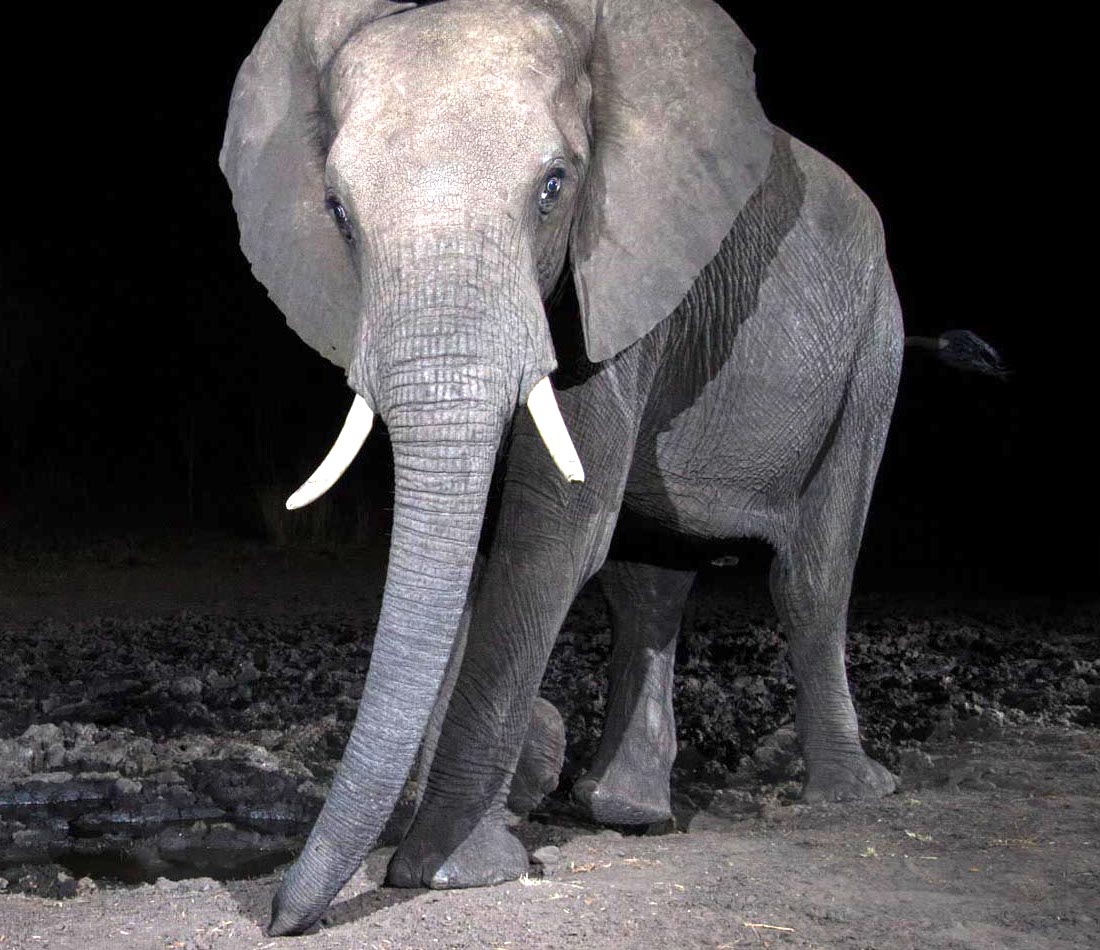
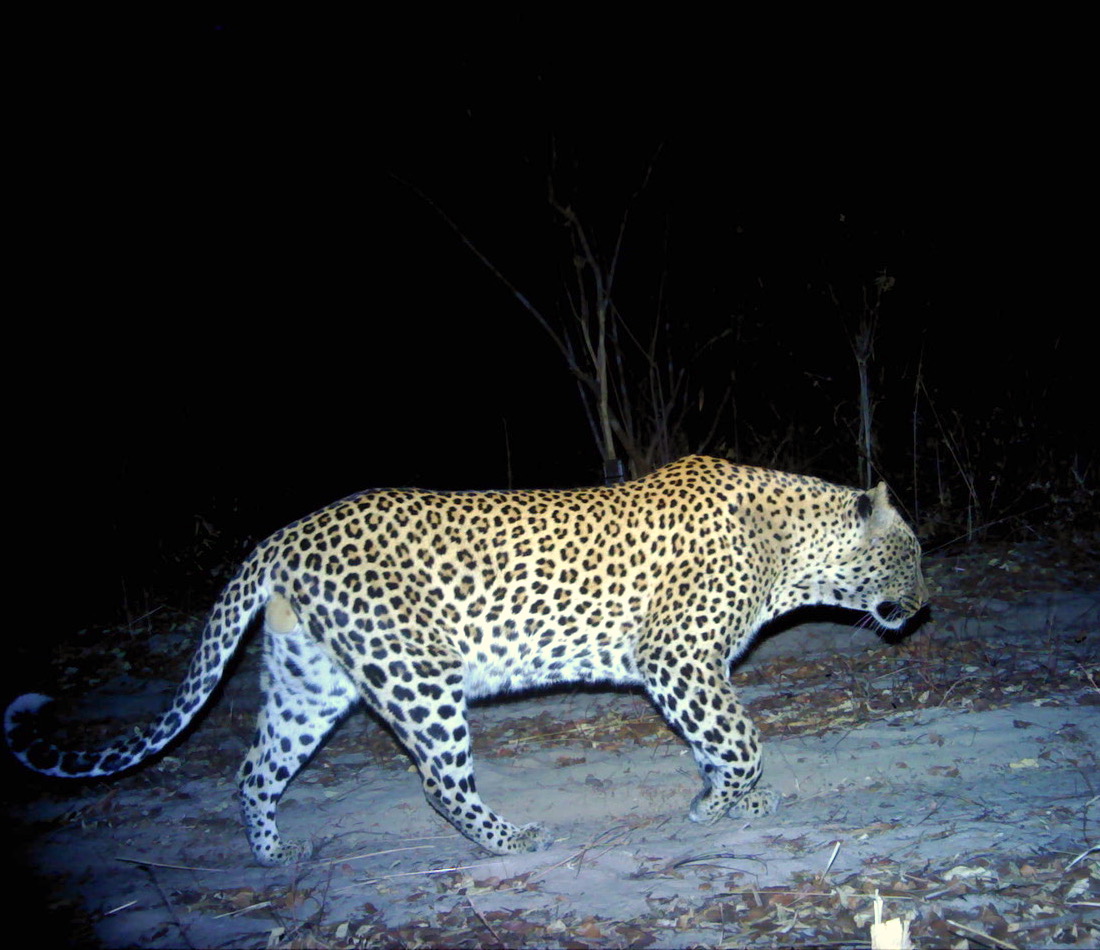
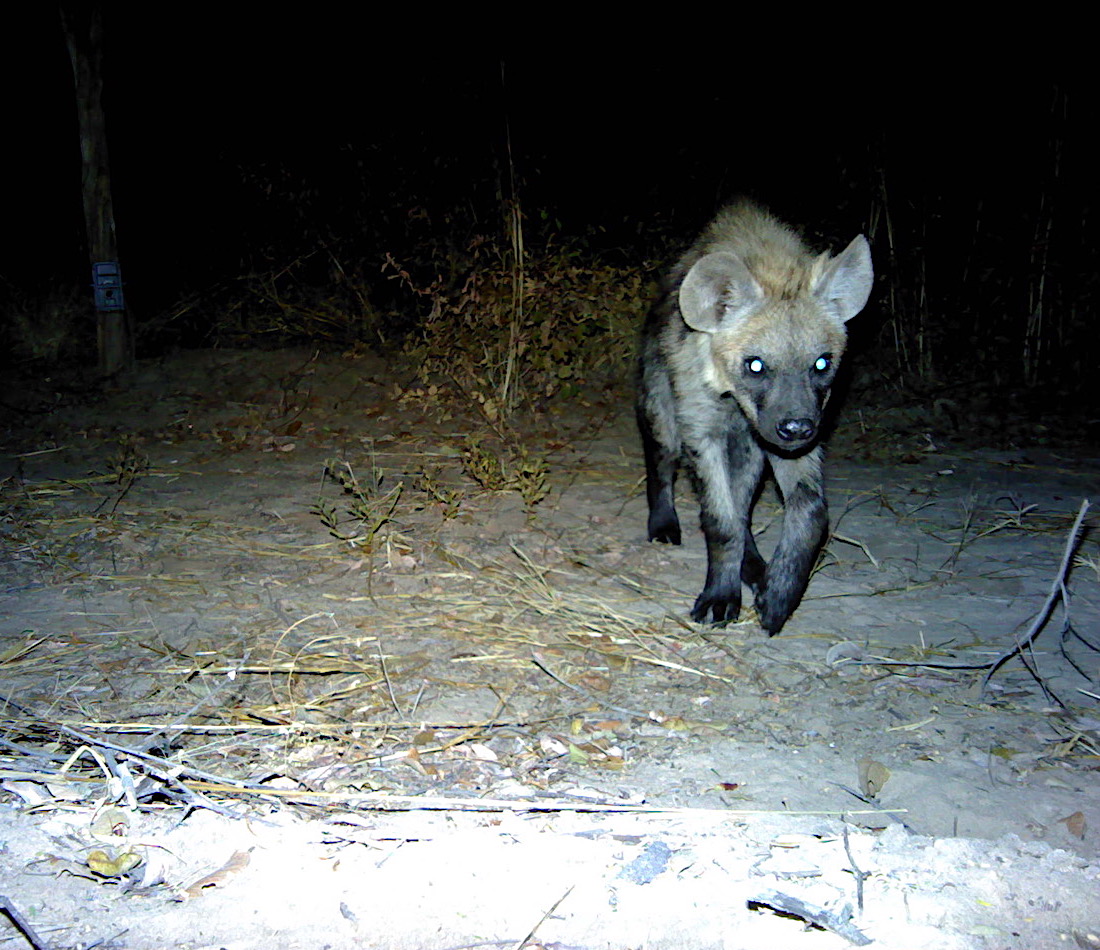
For articles on similar topics, please click one of the following options:
If you enjoyed this page, then you might also like:
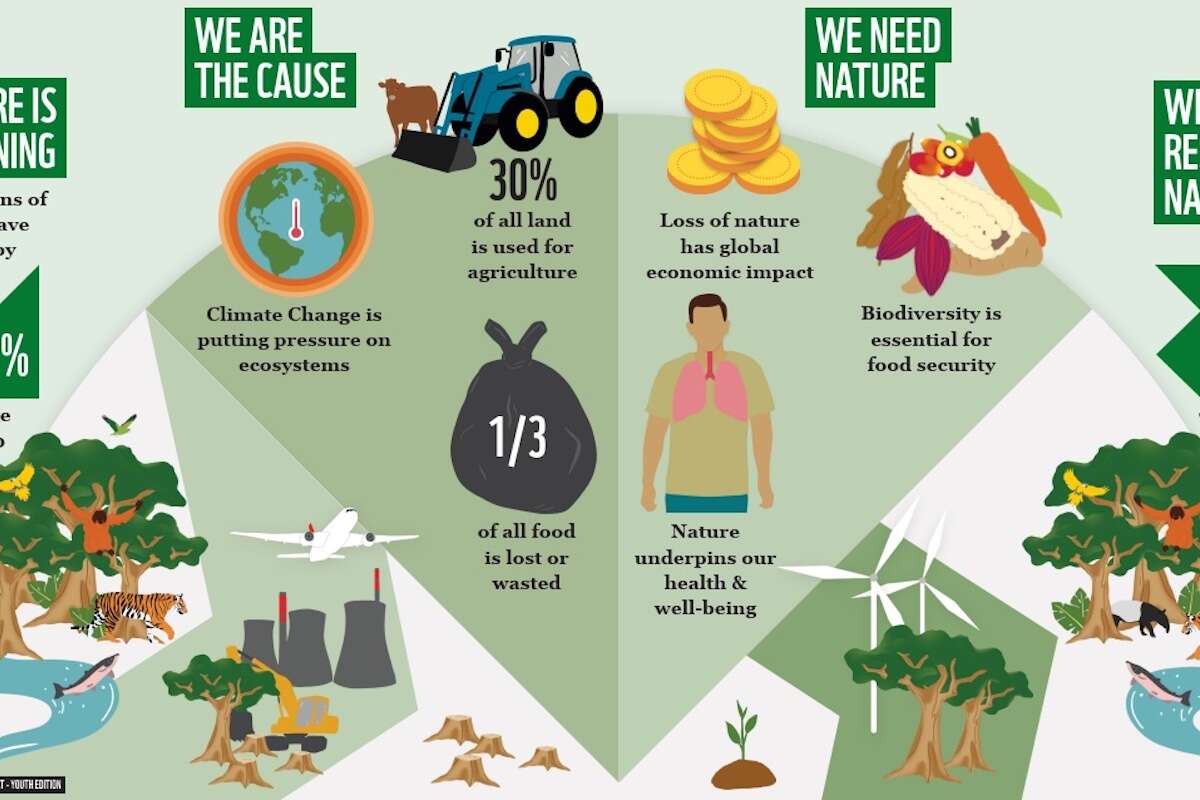

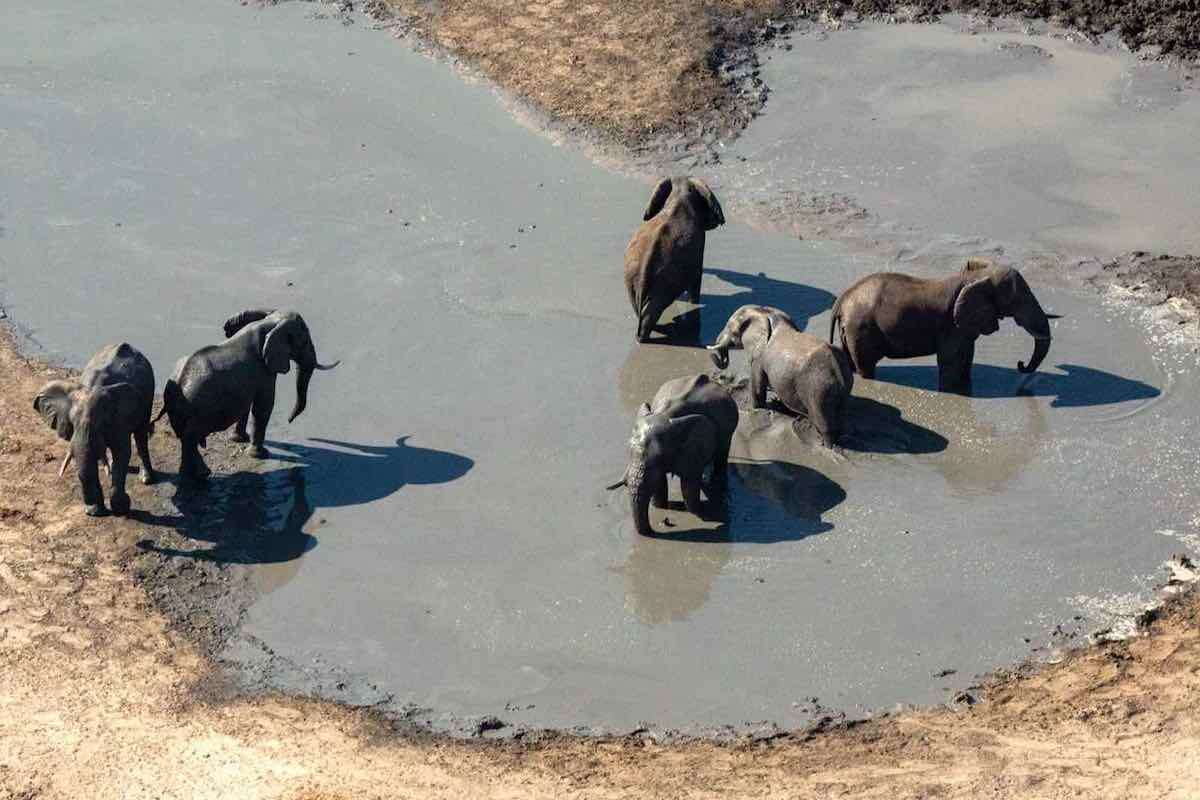
For more great articles from Conservation Namibia see below...
Conservation Namibia brought to you by:
We use cookies to monitor site usage and to help improve it. See our Privacy Policy for details. By continuing to use the site, you acknowledge acceptance of our policy.
